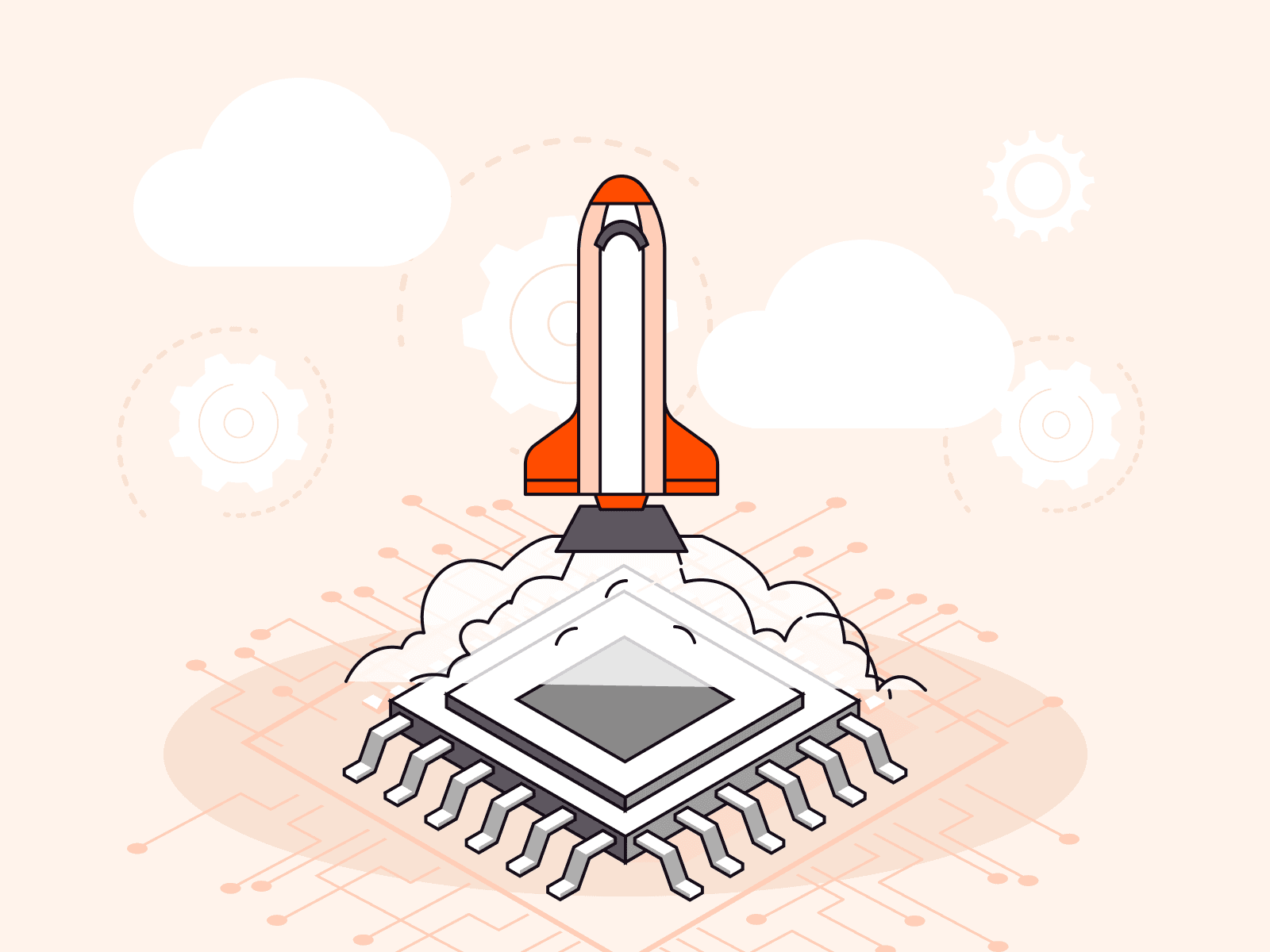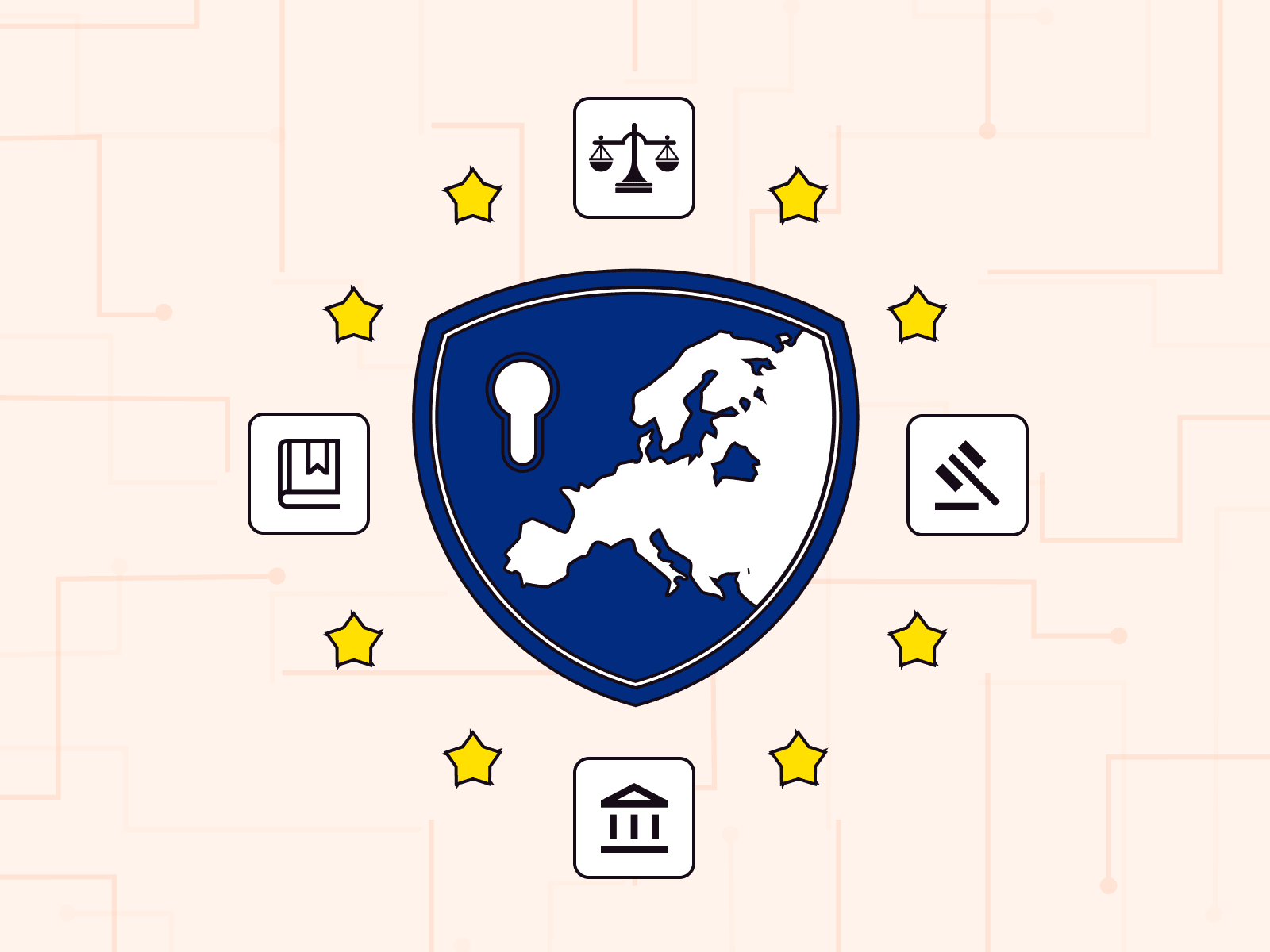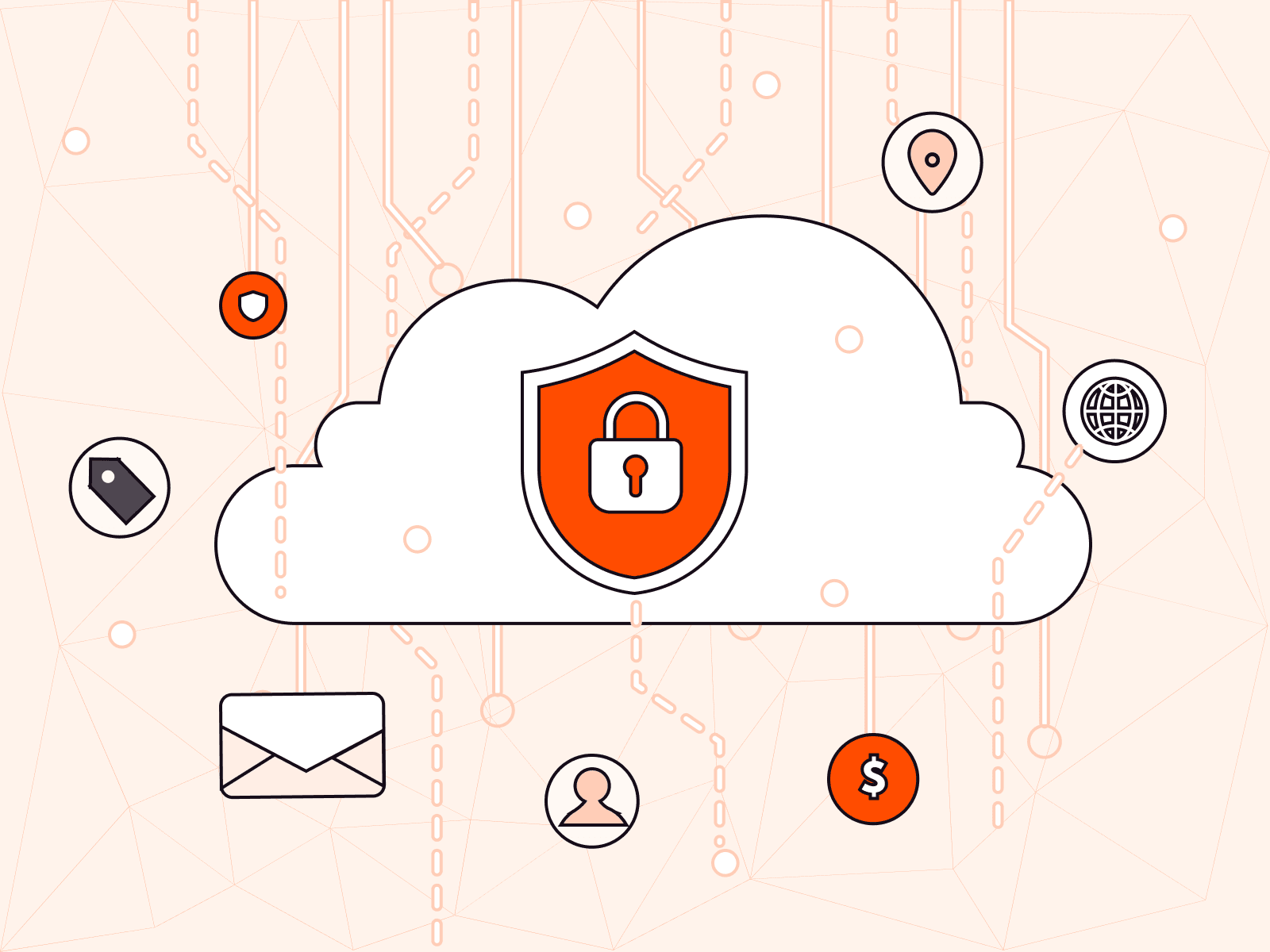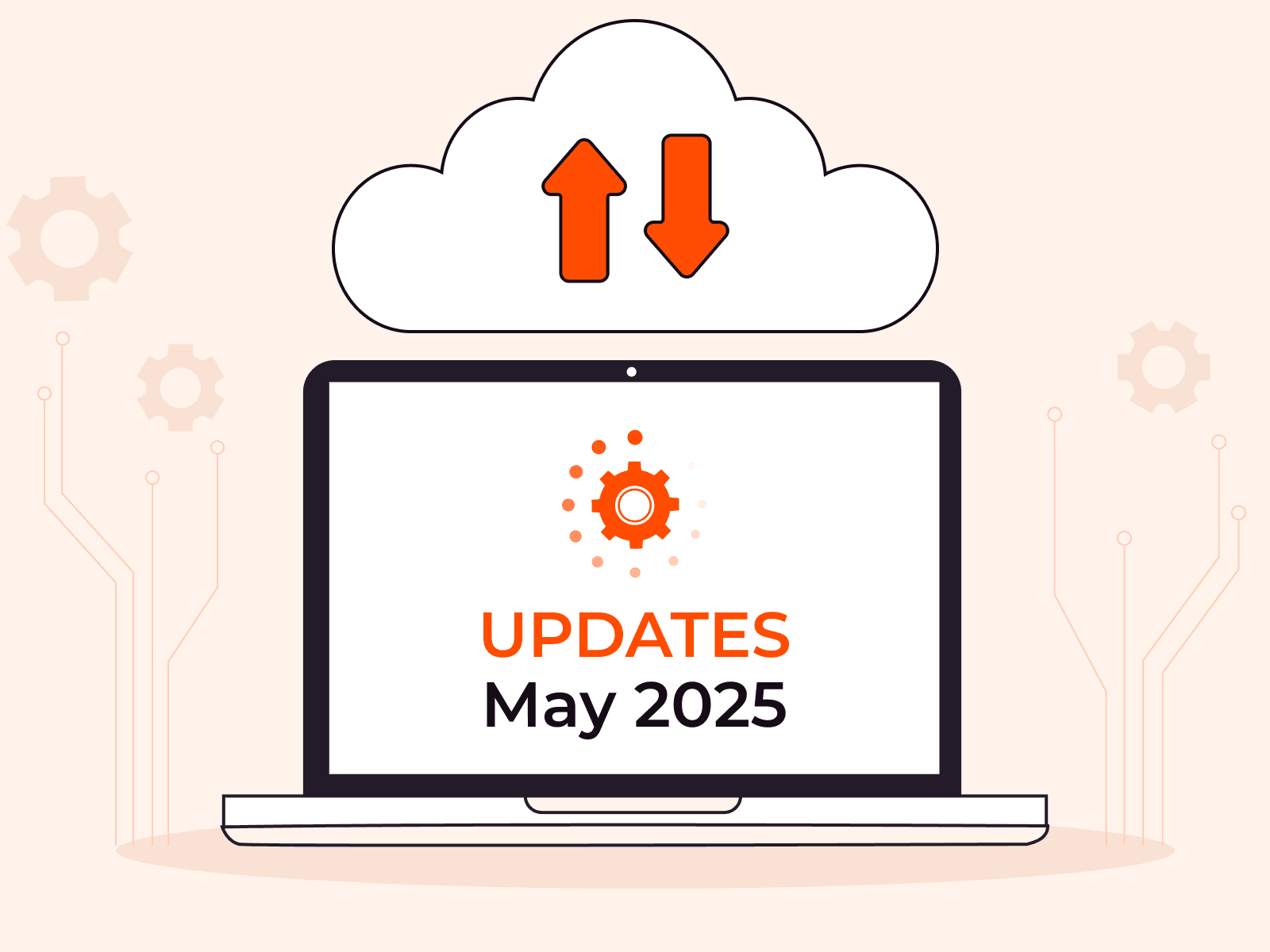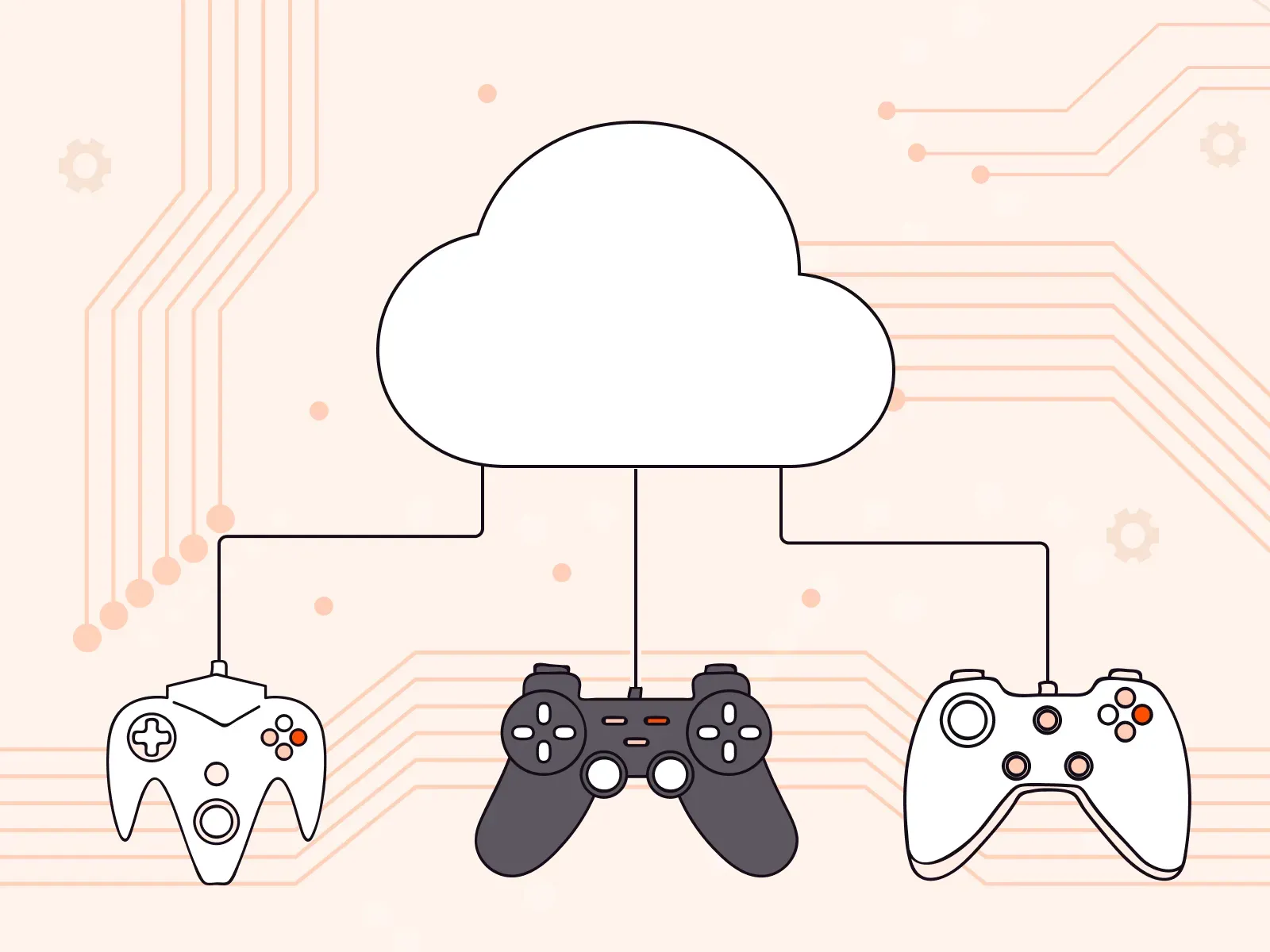5 unique features of Gcore Cloud for business
- January 20, 2022
- 5 min read

Migrating to the cloud helps reduce IT infrastructure costs, while speeding up and simplifying development and testing processes. Yet if you want to get the most out of cloud solutions, you need to choose the right provider.
There are many offers on the market, with all of them having their own unique features, benefits and drawbacks.
In this article, we will tell you about five unusual and cool features of our Cloud that receive our clients’ highest appreciation.
1. Free outgoing traffic
Outgoing traffic refers to the data that are sent from the cloud to the Internet. Incoming traffic refers to the data that come to the cloud from the Internet. Everything seems to be so simple, yet there is a small nuance.
Incoming traffic does not include the responses to the requests generated inside the cloud. It only includes the traffic that is generated outside the cloud and doesn’t contain any request responses.
Incoming and outgoing traffic in the cloud
As a rule, the amount of traffic sent from the cloud to the Internet is much larger than the amount of traffic moving in the opposite direction. Outgoing data packets can contain heavy images, video streams, and large amounts of information, whereas incoming data often consist of short requests. This is why many cloud providers opt for free incoming traffic and paid outgoing traffic.
With Gcore, the exact opposite is the case. The clients using the Gcore Cloud need to pay only for the incoming traffic. Outgoing data are free of charge. Such an approach allows our clients to reduce the amount of money spent on cloud services significantly.
In addition to that, we have a very reasonable price policy. We haven’t increased our cloud services pricing for a long time already, nor are we going to do so any time soon. You can read more about this in our article titled “What makes our cloud prices always stable”.
2. Excellent coverage
The Gcore Cloud has already launched 15 locationsall around the world:
- Manassas and Santa Clara (USA)
- Paris, Amsterdam, Luxembourg, and Frankfurt (Europe)
- Istanbul (Turkey)
- Tokyo (Japan)
- Hong Kong (China)
- Almaty (Kazakhstan)
- Singapore
In the near future, we are going to open 4 more locations: in Chicago, São Paulo, Johannesburg, and Sydney.
And we aren’t going to stop. Our goal is to achieve the best coverage in the world because we want to help our clients deliver content to end users with the lowest latency rates.
Yet even now we are ahead of many large cloud providers in terms of coverage, which allows our clients to deliver their content to the users much faster.
We have both core and edge locations. You can explore what it is and get to know the difference between them while reading our article titled “Gcore Cloud: detailed overview of core and edge locations”.
3. CDN-integrated cloud
No matter how broad the cloud provider’s coverage is, this feature alone will never be enough to deliver content to anywhere in the world equally quickly. If you have a large-scale project aimed at the users living in different parts of the world, using CDN is a must.
Integration challenges
Almost any cloud can be used together with CDN but integrating these two solutions is not always easy. This task will require extra time and effort of your team. Also, managing the cloud and CDN within one and the same interface is impossible.
How we solve these problems
We have our own CDN that can be connected to the cloud without any extra effort. The whole setup process will take you no longer than 15 minutes.
You can manage both the cloud and the CDN from a single convenient control panel via API or Terraform.
Here are some facts about our CDN:
- Over 140 points of presence on 5 continents
- Average response time around the world—30 ms
- More than 6,000 direct connections with peering partners and presence in 100+ IXs
- Anycast Smart Routing and GeoDNS
- Support of the advanced protocols including HTTP/2, TLS 1.3 with 0-RTT, and HESP
- Flexible settings allowing our clients to solve any business-related issues: instant cache clearing, on-the-fly compression, templates, and rules
- The cloud-integrated CDN by Gcore will help you deliver your content faster and distribute the load evenly across sources.

Using the cloud with CDN
4. Connectivity of virtual machines and bare metal servers
You can connect both virtual machines and physical servers to our Cloud. You can also integrate all of them into a single private network.
- The connection gets established via the L2 channel.
- The network is isolated and has an extra protection against unauthorized intrusion.
- The amount of the intranet traffic is not limited.
Gcore Cloud private network
Using both physical and virtual servers together will allow you to build a flexible, reliable and secure infrastructure.
For example, bare metal servers are ideal for high-load applications as well as for the work with confidential data. They can be the basis of your infrastructure, whereas virtual machines will be used, for example, for quick scaling or for deploying testing environments.
5. Solutions for any business branches
Our Cloud is universal. We provide solutions that can be used to handle various business tasks.
1. Security of financial services and other projects working with confidential information. The Gcore Cloud has a PCI DSS certificate. It confirms that our infrastructure is secure enough to handle payment data.
Moreover, we can order virtual machines with Intel SGX support. This technology allows you to isolate some private parts of the code or data in order to better protect them against disclosure and modification. You can read more about this in our article titled “Why did we integrate Intel SGX into Gcore Cloud?”.
2. Powerful servers for high-load applications. We have different configurations of virtual and bare metal instances, including very powerful machines that can perform millions of operations simultaneously.
3. AI platform for programs running on artificial intelligence technologies. You will receive a catalog with ready-made templates and models. These will spare you the need to develop solutions from scratch, which will significantly speed up new product releases.
The platform supports full-cycle machine learning. Our experts will consult you and help you develop a competent AI strategy by choosing the right software for your tasks.
4. Managed Kubernetes for microservice architecture. You can entrust us with fulfilling the routine container management tasks while you focus on the development process.
Containerize your microservices applications, scale your infrastructure for the programs that are growing and getting more and more complex, and deploy test environments effortlessly.
Other advantages of Gcore Cloud
- Our servers are located in Tier IV data centers. These are the most reliable data centers ever
- 99.95% SLA with financial guarantees
- Protection against DDoS attacks at the network protocol level
- Flexible and convenient resource management using an all-in-one control panel, API, and Terraform
- Control over your expenses through detailed custom reports
- Load balancers, ready-made application templates, hot backups, and other tools providing faster and more cost-effective solutions for your tasks
Let’s sum it up
Gcore Cloud has many benefits that help our clients grow faster while saving money. There are five features that make our Cloud special.
- We do not charge our clients for outgoing traffic. You pay only for the incoming data.
- The coverage provided by the Gcore Cloud is one of the best in the world (15 locations). In the near future, we will launch 6 more locations and continue expanding our presence on all continents.
- Our Cloud can be integrated with Gcore CDN literally in 15 minutes. You can manage both services using a single control panel, API or Terraform, which will allow you to deliver your content to the users even faster.
- You can rent our virtual machines and bare metal servers and integrate them into a single private network via an L2 channel.
- The Gcore Cloud is a universal cloud. We will find a solution to any business task.
- We also have Tier IV data centers, 99.95% SLA, flexible resource management, and precise cost control.
Our cloud services help different business branches grow faster and cut costs. To learn more about us, explore some real-life examples in the Case Studies section of our website or schedule a free consultation with our managers.
Related articles
Subscribe to our newsletter
Get the latest industry trends, exclusive insights, and Gcore updates delivered straight to your inbox.



